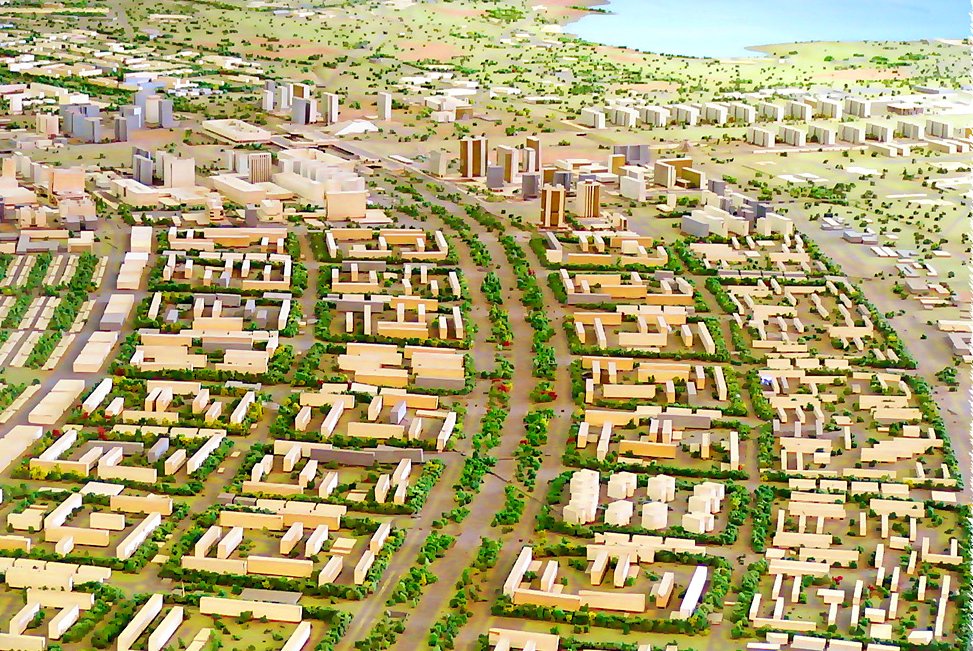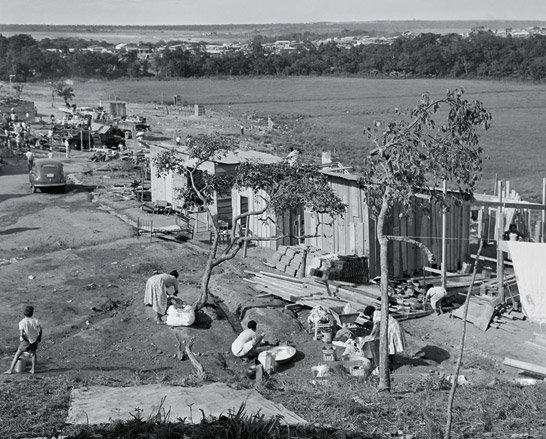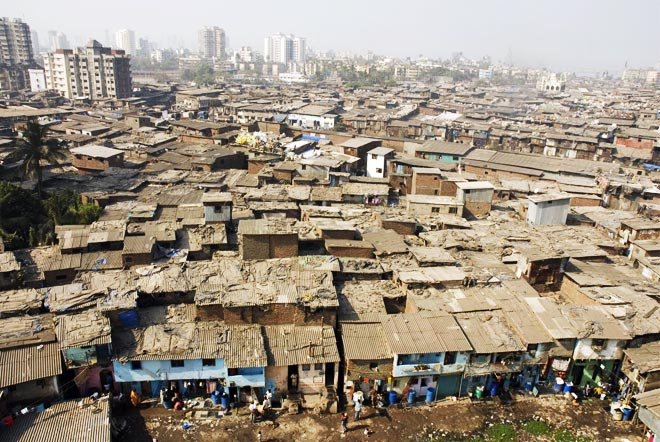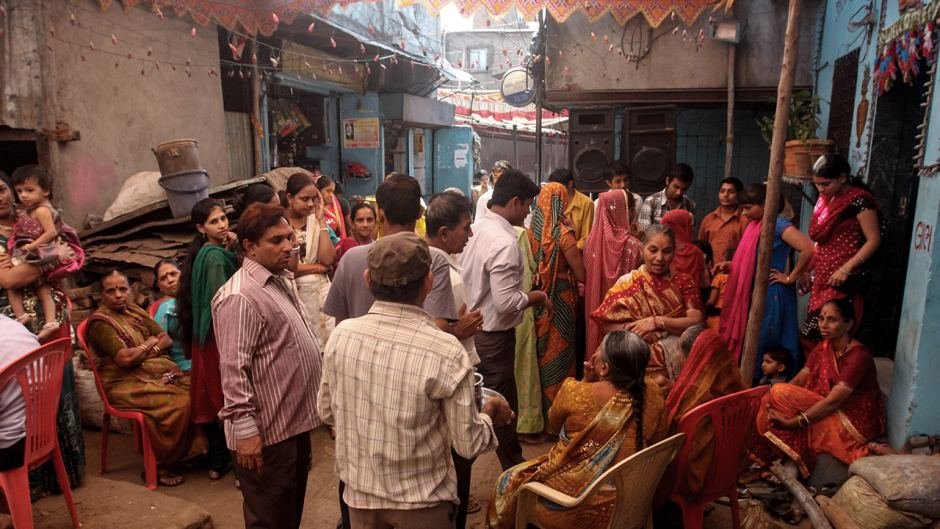
Ecosystems, cities, languages, or open source software are all complex systems, which share common properties. They are usually healthier, when they remain open. The openness of a complex system permits it to evolve dynamically. Imagine a scenario in which the designed elements become permanent and have no way of changing through time. The system becomes suffocated and inefficient. A language that cannot incorporate new words would soon die because of its inability to express the realities of a world in constant evolution.
Imagine a city that would be planned once and for all, determining in advance all the elements and their relationships, and would be biased towards against changes coming from the people that it is supposed to serve. Endless examples exist of cities that have been planned entirely from he top-down by some of the best architects, and they all illustrate some of the problems generated by cities designed for maximum central control.
Brasilia, Brazil As An Example of the Failures of Centralized Design.
Brasilia, the modernist capital of Brazil, was built from scratch in the middle of the Amazonian forest. An Aerial view of Brasilia shows how rationally the space was organized. Each part of the city-system has its space and function and is clearly demarcated from the others, which gives it a great look of order and efficiency. However, this functionalist segregation forbids the emergence of unplanned forms. It constitutes a bias against unpredictability. For instance, living space and working space is clearly divided, making difficult the type of live-work arrangements that are spreading in so many cities today.
Any adaptation in such a static system has to be commanded from above, giving no organizational freedom at the neighborhood level, and making the city unresponsive to external change and internal evolution.

The thousands of workers who were brought from all over the country to build the new capital of Brazil were not supposed to stay. They were given temporary housing in the periphery of the city. However, after a few years of building the city, many of the workers decided to settle down. As a result of a struggle with the planners and policy-makers, the workers were allowed to stay. Thus emerged the first informal settlement of the Brazilian capital, which is ironically named "Freetown" [shown below]

Neighborhoods can also get gradually excluded from the larger city-system they belong to. Look for instance at urban ghettos of the US and Europe, which are excluded from the mainstream and therefore forced to develop their own informal economic systems, social networks and sub-cultures.
Whether they are the product of deliberate planning or perverse social processes, these closed urban systems are unsustainable. From a systemic point of view, the periodic eruption of riots in places such as Los Angeles and French ghettos corresponds to desperate attempts of younger residents to communicate, however destructively, with the rest of society. Often times, this behavior results in even more exclusion. As they are being excluded they are also being repressed by the system, which limits the development of street markets or local elections. Thus, ghettos are neither able to integrate into the mainstream nor allowed to develop their own institutions from the bottom up.
Dharavi, India An An Example of the Successes of Decentralization
Dharavi, branded as Asias biggest slum, is located in the heart of greater Mumbai, which is the financial capital of India. It is one of the poorest, more densely populated and most dynamic areas of the city. It was developed by several generations of immigrants from all over the Indian region without any help from the government. As a result, it is seriously lacking basic infrastructure and amenities such as water, electricity and open space. But this does not mean that it is a prime example of anarchist architecture. It offers several lessons.

Some people, by ignorance or political inclination, picture Dharavi as a wasteland full of tent-like temporary structures. They see an immense junkyard crowded with undernourished people hopelessly disconnected from the rest of the world, surviving on charity and pulling the whole city's econmy backward.
The reality could hardly be more different....
Dharavi is a highly developed urban area composed of very distinct neighborhoods with a bustling economic activity integrated socially, economically, and culturally at all levels. Moreover it is a very efficient platform for social and economic ascension for the tens of thousands of people that keep coming in from all over the Indian sub-continent. Yet, some developers and politicians still present a centralized urban planning approach as the only way ahead for Dharavi, ignoring generations of incremental self-development that made Dharavi into a unique urban and cultural environment. They overlook the deep interconnections between the urban and economic development of Dharavi.

This neighborhood is seen as messy by rationalist urban planners. But there is nothing rational about denouncing something as messy. If anything, it speaks about the ignorance and phobia of those who point the finger. Dharavi is better described as an emerging order, informed by the collective consciousness of its inhabitants.
WHAT CAN WE LEARN?
As I have mentioned in previous posts about architectural history, the best architecture comes from the people. Architecture began as a form of shelter built by its inhabitants and they did not rely on a central authority. An architecture of participation and consensus gives the best fruit. It is born out of necessity and evloves into a way of life.
Here are some important points which defend the idea of a decentralized (anarchist?) architecture as the way forward.
- Necessity is the mother of invention. What is it that people need? It is not for master planners or the government to decide this for people.
- There is no need to reinvent the wheel. Lets see what works and expand on it.
- Contribute. Residents should be co-planners and co-developers
- Decentralize and delegate: If we have enough people looking at different aspects of the plan, any issues can be recognized and addressed quickly. This is kind of what Steemit is based on.
- Be inclusive. Find a way to get everyone input.
- Valorize. If participants are treated as the most valuable resource of the plan, they will become the most valuable resource of the plan.
These are non-constraining and adaptable principles for an architecture of participation to the intention of any group of people. These principles, as you all know, are what drives Steemit and other decentralized platforms on the rise. The development, coordination and management of various open systems is healthier when you remove the centralized authority.
